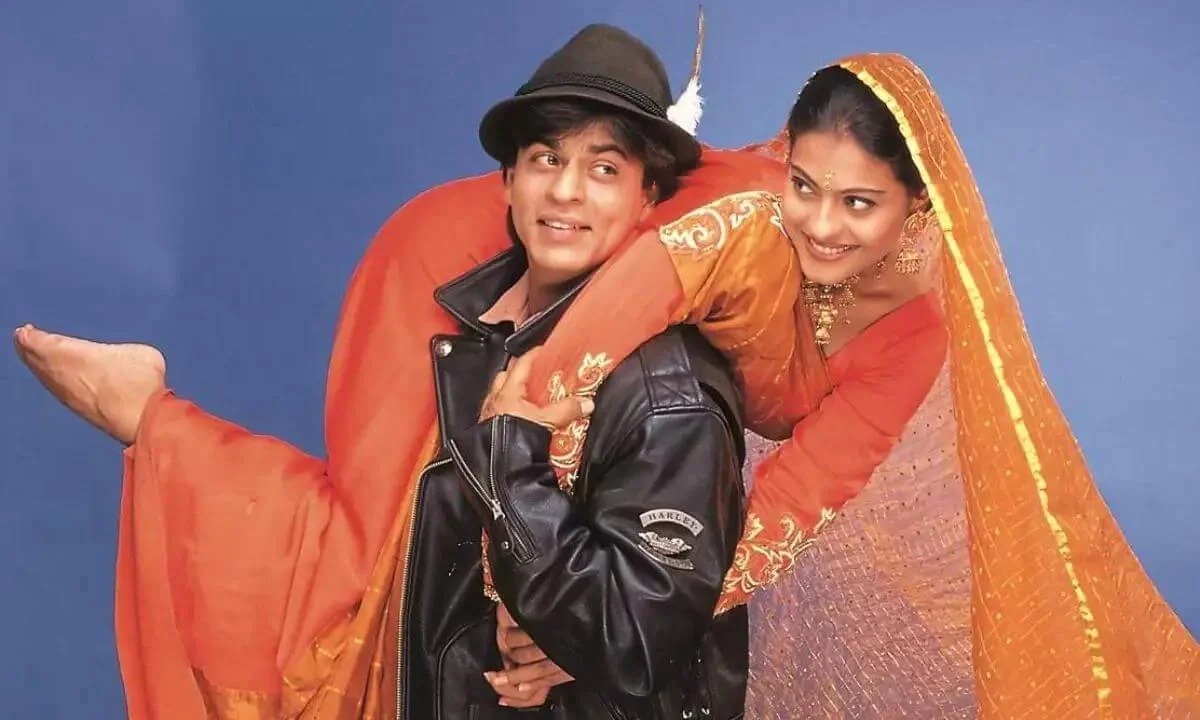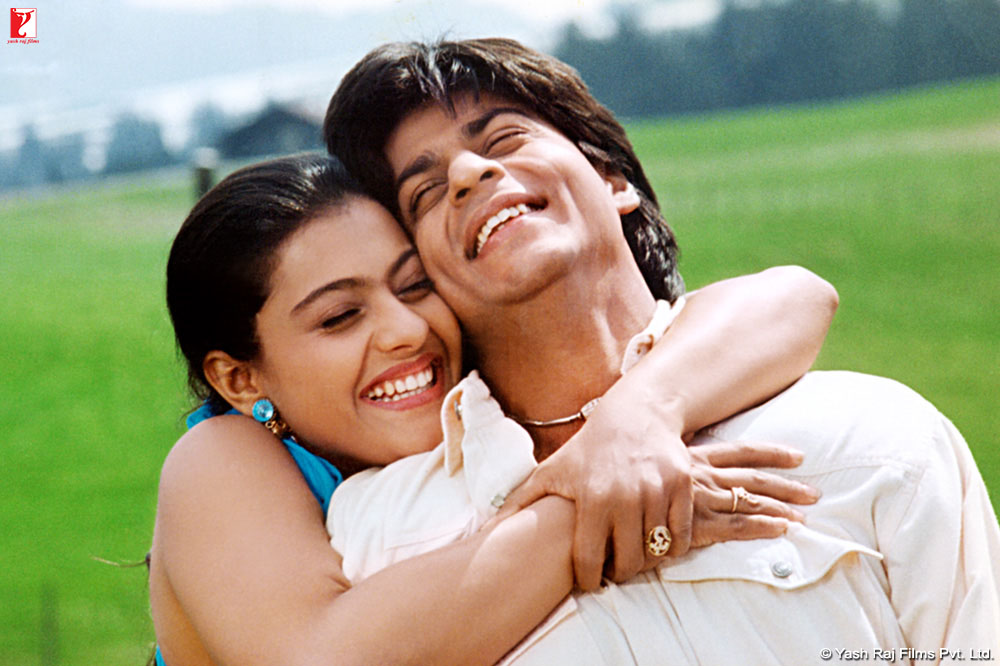DDLJ @ 30: A love story that refuses to fade
From mustard fields to moving trains, Dilwale Dulhania Le Jayenge didn’t just give us a love story — it gave us a cinematic language of romance that still echoes three decades later.
The love that never left the train
Thirty years ago, on October 20, 1995, a boy with dimples and a girl with dreams met on a Eurail trip — and Hindi cinema changed forever. Dilwale Dulhania Le Jayenge (DDLJ), directed by a debutant Aditya Chopra and produced by the legendary Yash Chopra, became more than just a film; it became an emotion, a ritual, a generational touchstone. Three decades later, Raj and Simran continue to live in our collective hearts — their laughter, rebellion and that final leap of faith onto a moving train symbolising everything we’ve ever wanted from love: passion, courage and a little bit of destiny.
‘It doesn’t feel like 30 years’ — SRK
 SRK credited the enduring charm of the film to the clarity of Aditya Chopra’s vision and the blessings of Yash Chopra.
SRK credited the enduring charm of the film to the clarity of Aditya Chopra’s vision and the blessings of Yash Chopra.
Shah Rukh Khan recently reflected on the timeless journey of DDLJ. “It doesn’t feel like it’s been 30 years,” he said. “Nobody could have foreseen the kind of place this film made in people’s hearts.”
SRK shared how fans still tell him stories of falling in love — or even tying the knot — because of DDLJ. “It’s had such a happy effect on pop culture,” he mused. “There’s something pure about it. Maybe it’s the innocence, maybe it’s the heart of the team that made it.”
He credited the enduring charm of the film to the clarity of Aditya Chopra’s vision and the blessings of Yash Chopra. “There was sincerity in every frame,” SRK added. “It wasn’t just about romance. It was about values, family and love that feels right.”
Kajol on Simran: Every girl’s reflection
 On Instagram, Kajol marked the 30-year milestone with a heartfelt note.
On Instagram, Kajol marked the 30-year milestone with a heartfelt note.
Kajol, forever etched in memory as the free-spirited Simran, echoed her co-star’s sentiment. “Simran represents millions of Indian girls — torn between dreams and duty,” she said. On Instagram, she marked the 30-year milestone with a heartfelt note: “DDLJ completes 30 years today. The way it’s spread across the world and through everybody’s hearts can’t be counted. Thank you all for loving it in this phenomenal way!”
And in true Kajol fashion, she followed it with a playful joke: “Slide to see how far it really has gone.” Fans flooded her comments with love, declaring DDLJ “a film that defines an era” and “a memory that never fades”.
The scenes that shaped cinema
Some films entertain; a few inspire — but DDLJ defined the vocabulary of Hindi romance. “Palat… Palat… Palat” wasn’t just a line; it became a test of love. “Bade bade shehron mein aisi chhoti chhoti baatein hoti rehti hai, Senorita” — a flirt disguised as philosophy.
And then, the immortal blessing: “Jaa Simran, jaa jee le apni zindagi”, which turned a father’s goodbye into a nation’s anthem for liberation. Every mustard field since 1995 has carried a little bit of Raj and Simran. Every train departure still feels like the start — or end — of a love story.
The soundtrack of forever
The music of DDLJ, composed by Jatin-Lalit and penned by Anand Bakshi, was more than melody — it was mood.
“Tujhe Dekha Toh” — Love bloomed in mustard fields and the world stood still.
“Mehndi Laga Ke Rakhna” — The wedding anthem that still plays at every shaadi.
“Mere Khwabon Mein” — A girl’s dreams painted in melody and monsoon light.
“Ruk Ja O Dil Deewane” — Flirtation on a foreign dance floor. “Ho Gaya Hai Tujhko Toh Pyaar Sajna” — That tender confession between two souls who just know.
These songs didn’t just top charts — they became emotional souvenirs for generations who grew up believing in “forever”.
The train that keeps coming back
That final train sequence — Simran running, Raj’s hand outstretched, Amrish Puri’s voice thundering “Jaa Simran jaa…” — has been recreated, reimagined and revered across Indian cinema. From Jab We Met’s serendipitous meetings to Chennai Express’ self-aware homage and even Shubh Mangal Zyada Saavdhan’s bold reinterpretation in a same-sex love story — filmmakers have returned to that image time and again.
Because that train isn’t just a prop; it’s a metaphor for love that risks, reaches out and refuses to let go.
The legacy rolls on
For 30 years, DDLJ has been more than a film — it’s been a mirror reflecting the changing face of Indian romance. The 16-year-olds who once dreamt of love watching Raj and Simran are now parents introducing it to their children.
As Kajol said, “It’s become the template of how Indian cinema dreams of love.”
And perhaps that’s the magic — DDLJ didn’t just teach us how to fall in love. It taught us how to wait, how to hope and how to run for it — even if it means catching a moving train.
Three decades on, the mustard fields still bloom, the train still whistles and love — in all its filmi glory — still finds a way.
Lifestyle